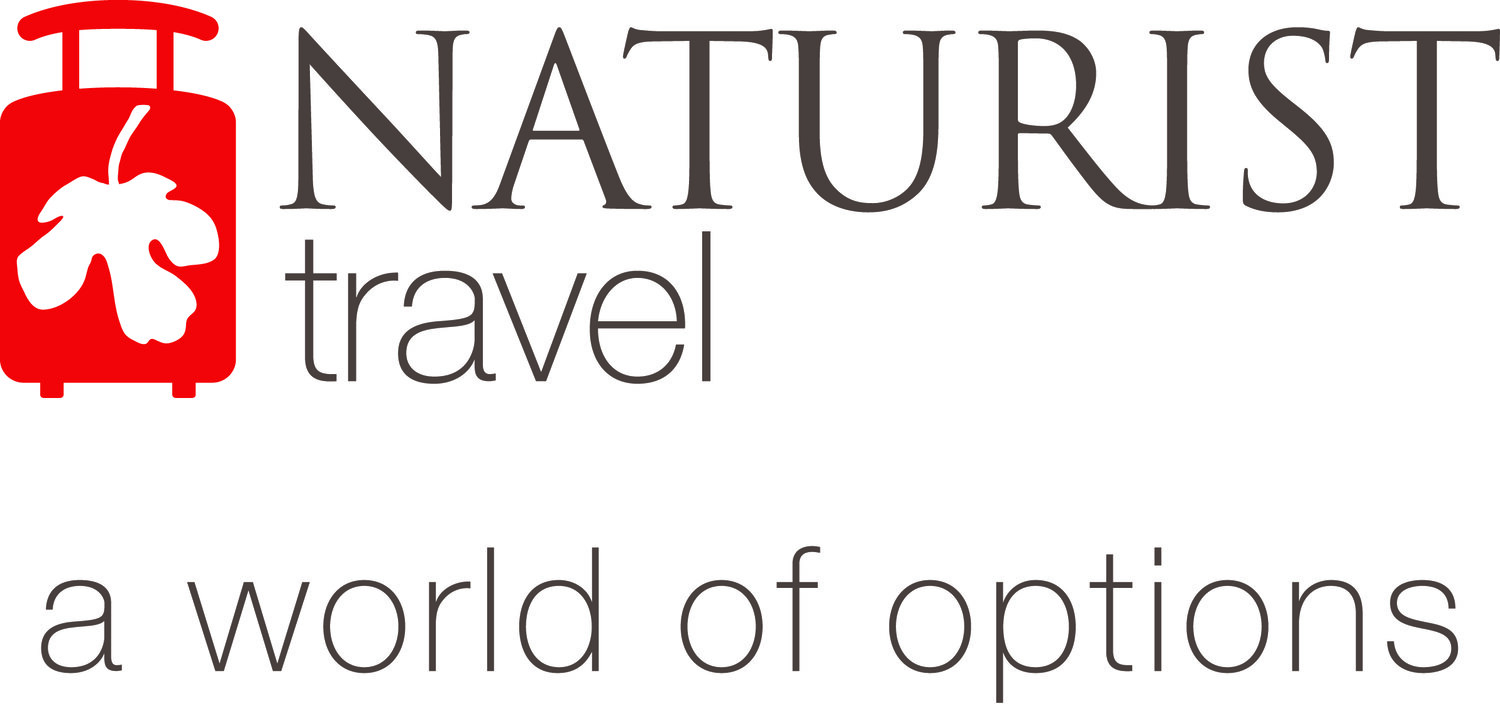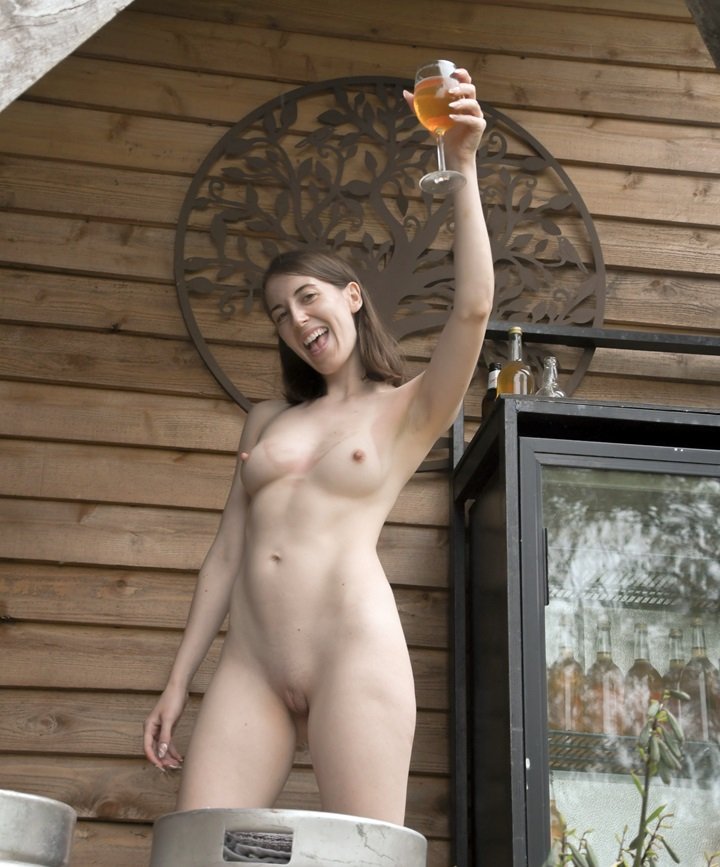Photo opportunities
How to be ‘picture perfect’ when it comes to naturist imagery.
First of all, a disclaimer: this is not going to be another of those ‘how to take great photographs’ features. I’m first and foremost a journalist and not a photographer, so I’ll leave the technical tips about apertures, f-stops and the like to the professionals.
But as somebody who makes their living from writing and marketing, I am a firm subscriber to the belief that ‘a picture paints a thousand words.’ The two complement each other perfectly, and regardless of whether you are producing, or contributing to, a book, magazine, newspaper, brochure, advert, website, newsletter, blog or social media, it’s hard to imagine one without the other. Getting the balance right however is essential, not just in terms of the ratio between words and images but also in the choice of photos, their quality, and how you use them: a well-written article can easily be let down by scant or poor photography, just as a photo-led feature can be spoiled if accompanied by inane text that fills space just for the sake of it.
So if you are involved in promoting any naturist-related business or venture - a venue, a company, a club or organisation, a lobbying group, a social network - here is some practical advice on how good photography, and the way you utilise it, can improve the quality and effectiveness of your marketing output.
Begin by asking yourself who and what you should be photographing, where and when you should be doing it, and how much you should be spending to get a viable return on your investment.
WHO?
Sex sells. But are you selling sex? Unless you are running a resort or website aimed at swingers or libertines, the answer is almost certainly no. So lots of photos of couples in amorous clinches or suggestive poses is hardly going to be a fair reflection of your target clients, or indeed what you are actually offering.
The same goes for pretty young girls: they’re very nice to look at, but do they really represent your main demographic? There’s no reason of course why an attractive twentysomething with model-looks can’t be a naturist, but in reality, how many of them are? More to the point, how many are members of your organisation or regularly frequent your venue? Depending on their age and looks meanwhile, photos of naked single men usually have one of only two connotations: gay if they’re young, trim and toned, pervy if they’re old, flabby and a bit sad.
So think carefully about who is going to pose for you, and how. Naturists come in all shapes and sizes, and if you are largely aiming at families, and/or more mature couples, who after all do make up a large percentage of genuine naturists, that’s who should be seen in your photographs: normal, everyday people doing normal, everyday things - who just happen to be naked.
WHAT?
Naturism is about enjoying life. Naked. Which is exactly the message you should be putting across. If you’re promoting a holiday venue or destination for instance, of course you will want to show the facilities and amenities. But please: how many more flat, dull shots of empty bedrooms, gardens, swimming pools and tennis courts do we need to see? Make sure there is somebody actually in your photos, that they are doing something interesting and natural rather than just grinning aimlessly or self-consciously at the camera, and above all: that they are naked.
You don’t have to be explicit with nudity. It shouldn’t be sexual (after all, isn’t that what we always tell non-naturists?). And depending on where your photos are going to be seen, you might need to be a little discreet with which parts of the body can and can’t be shown. Full frontal nudity is fine in the naturist media or on your own website, but if the photos are for a wider mainstream audience, you’ll need to get creative with camera angles, long-distance shots, the use of props, and how you crop the final images. But please: you’re in the naturist business. Like a German sauna, swimsuits should be verboten.
WHERE?
Location, location, location shouldn’t just be the mantra of the property industry. It makes perfect sense to be naked when wet: so quite righty, swimming pools, hot tubs, showers, beaches, rivers and lakes are all popular settings for naturist photography. The same goes for saunas, spas and massage tables, as well as sunbathing terraces, parks, gardens and the countryside. You shouldn’t be afraid however of showing some originality. Try to avoid clichés such as boules or volleyball courts unless you can put an ironic spin on things, but if you want to show off your range of facilities, or make the point that almost all activities can equally be done naked as they can clothed, why not have naked people socialising in bars or restaurants, or taking part in a host of other normal sports and leisure pursuits, just like their textile counterparts?
WHEN?
There are few naturists who don’t enjoy the sun. And fewer still who will contemplate getting naked in bad weather. So try to plan ahead. Don’t sit there in the chill of March and suddenly decide that you need some new photographs for the coming summer season. And don’t wait until October before you remember that you still haven’t set up a shoot for the following year’s calendar.
You can never guarantee the weather of course (especially in countries like the UK) but at least if you aim to take photographs on a warm sunny day, and can give yourself some leeway either side, you’ll end up with much better photos - and happier models. Indoor photography is usually more difficult than shooting outdoors, and in any case goes against the grain of what naturism is really about. And if you do decide to brave the elements and shoot on a cold, cloudy day, the end results will invariably be disappointing. Would you want to visit a place that seems to have perennially grey skies and where the only thing the guests are wearing are goosebumps? Thought not.
HOW MUCH?
This can fall into the ‘how long is a piece of string?’ category. What you spend on a photo shoot will be determined by who does it, the type and number of images you need, and naturally your budget. My advice follows that of chefs who will always tell you to cook with the best ingredients you can afford: spend as much as you feel you can justify in order to achieve the required end-product, and try not to cut corners.
Before you bring in a professional photographer (or decide that you are going to use somebody you know, or even do it yourself, both of which are viable options if the talent is there) you do at least need to assume the role of art director. Which in essence means the following:
1) Plan what and who you want to be photographed, and get everything and everybody primed ahead of the day (or days) you’ll be shooting. Make sure everything is working, looking neat and tidy, and available to use. If you will be inconveniencing guests in any way when you do the photo shoot (or even need them to act as models or background ‘extras’) let them know in advance.
2) Work out what the ‘story’ is going to be, and brief the models and photographer accordingly. You’ll need to be organised and efficient to make the best use of everybody’s time, but don’t be afraid to be spontaneous if an idea suddenly hits you mid-shoot.
3) Decide what you will be using the photos for, when you will need them by, and what their shelf-life is going to be. Will you have several purposes for the finished product, and possibly need to shoot in a number of different styles? Don’t expect a photographer to deliver your images the day after the shoot. They’re busy. They have other clients besides you. There will be an editing process. Don’t skimp on the number of images you ask for: it can get boring if your clients keep on seeing the same handful of photos time after time, year after year. But don’t acquire too many either. You’ll want to get value for money out of a shoot, but you could end up being spoiled for choice. And photos have a tendency to date quickly: fashions change (even when people are wearing nothing), familiar faces age, and circumstances can alter.
One final piece of advice: you might want to be as original as you can, but there’s nothing wrong in being influenced by, or taking inspiration from, somebody who has been there before you and already got it right (or wrong). Look at other venture similar to yours: not your direct competitors, as you wouldn’t want to be accused of directly copying them, but certainly your counterparts in other countries. Great ideas are like naturists - they travel well.
PAUL ROUSE
PHOTOS: British Naturism, Rick Morley, Brave Brothers. Lupin Lodge, Le Serignan





